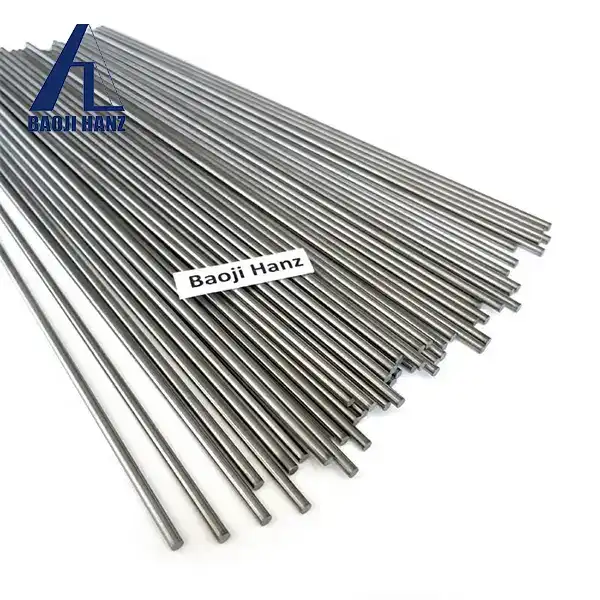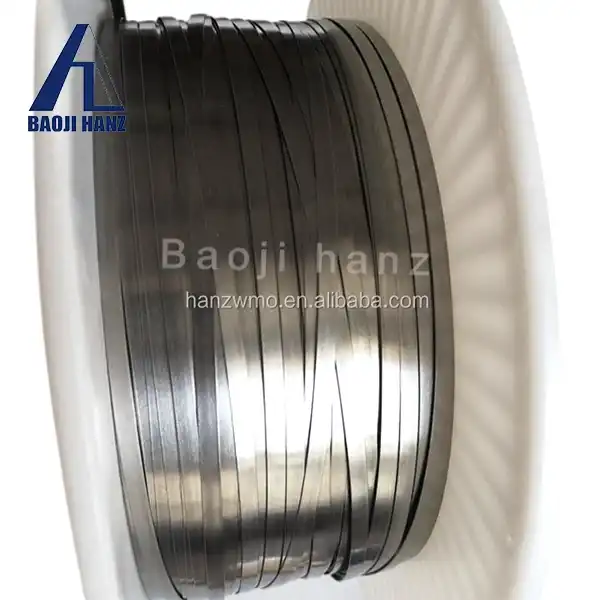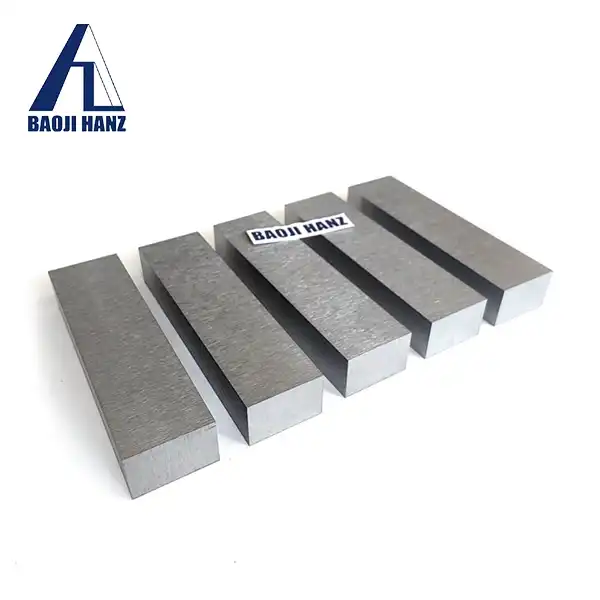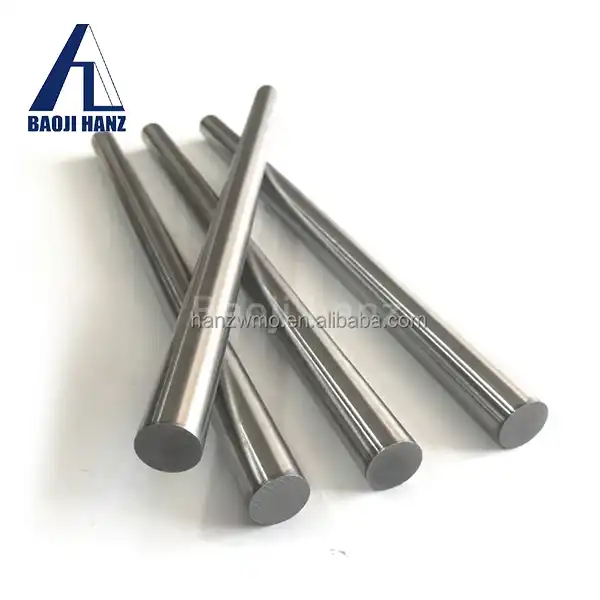How to cut nitinol wire?
2024-07-29 17:57:55
Cutting nitinol wire requires specialized tools due to its unique properties. Common methods include using wire cutters designed for hard materials like tungsten carbide or diamond-coated cutters. It's crucial to use tools that minimize heat generation during cutting to avoid altering the wire's shape memory properties. Additionally, laser cutting is effective for precise cuts without causing deformation. Careful handling is essential to prevent work hardening or altering the wire's metallurgical structure, ensuring it retains its superelasticity and shape memory characteristics intact. Proper cutting techniques are vital for maintaining nitinol's functionality in various applications, including medical devices and aerospace components.
What are the best tools for cutting nitinol wire?
The best tools for cutting nitinol wire effectively and preserving its properties include:
Tungsten Carbide Cutters: These are durable and can handle the hardness of nitinol without deforming the wire excessively.
Diamond-Coated Wire Cutters: Specifically designed for cutting hard materials like nitinol, they provide clean cuts with minimal distortion.
Laser Cutting Machines: Ideal for precision cutting, lasers can cut nitinol without physical contact, reducing the risk of heat-induced deformation.
Electrochemical Discharge Machining (EDM): Suitable for intricate cuts, EDM uses electrical discharges to precisely cut nitinol wire without altering its properties significantly.
Choosing the right tool depends on the specific application and the required precision. Proper tools ensure that nitinol maintains its shape memory and superelastic properties, critical for its functionality in medical, aerospace, and other high-tech industries.
How does the shape of the cut affect nitinol wire properties?
The shape of the cut can significantly affect nitinol wire properties, particularly its mechanical and functional characteristics. Precise cutting minimizes stress concentrations and preserves the wire's shape memory and superelasticity. A clean, sharp cut ensures that the wire retains its original metallurgical structure, which is crucial for its ability to undergo reversible phase transformations and return to its intended shape upon heating. Conversely, improper cutting techniques or tools can induce microstructural changes, work hardening, or even alter the wire's transformation temperatures. These changes can compromise the wire's performance in applications requiring precise shape recovery, such as medical devices and aerospace components. Therefore, maintaining the integrity of the cut is essential for maximizing the reliability and longevity of nitinol wire in various engineering and biomedical applications.
What safety precautions should be taken when cutting nitinol wire?
When cutting nitinol wire, several safety precautions should be followed to ensure personal safety and maintain the integrity of the material:
Eye Protection: Wear safety glasses or goggles to protect against flying debris or particles that may result from cutting.
Gloves: Use gloves to protect hands from sharp edges and potential injury during handling and cutting of nitinol wire.
Ventilation: Ensure adequate ventilation when using cutting tools to prevent inhalation of any dust or particles generated during cutting.
Tool Selection: Use appropriate tools designed for cutting hard materials like nitinol, such as tungsten carbide or diamond-coated cutters, to ensure clean cuts without excessive deformation.
Avoid Excessive Heat: Minimize heat generation during cutting to prevent altering the wire's properties. Laser cutting or electrochemical machining can be suitable alternatives.
Work Area Safety: Keep the work area clean and organized to prevent accidents and ensure proper handling of tools and materials.
Training: Ensure operators are properly trained in the use of cutting tools and understand the properties of nitinol to avoid mishandling or damage.
Following these precautions helps maintain safety, protect the integrity of nitinol wire, and ensure its effectiveness in various applications, including medical devices, aerospace components, and robotics.
Conclusion
Cutting ASTM F2063 superelastic nitinol straight wire requires attention to detail and adherence to safety protocols to maximize its potential in various industries. By choosing the right tools, understanding the implications of cutting techniques, and prioritizing safety, professionals can effectively harness the benefits of nitinol wire in their applications.
References
- ASTM International. (n.d.). ASTM F2063 - 19 Standard Specification for Wrought Nickel-Titanium Shape Memory Alloys for Medical Devices and Surgical Implants. Retrieved from https://www.astm.org/Standards/F2063.html

.webp)






